Pure Earth’s toxic site investigators can be found the world over.
Their mission? To walk the earth in order to find, map and assess polluted sites in low and middle-income countries, where residents are being poisoned where they live. The effort is part of Pure Earth’s Toxic Sites Identification Program (TSIP)
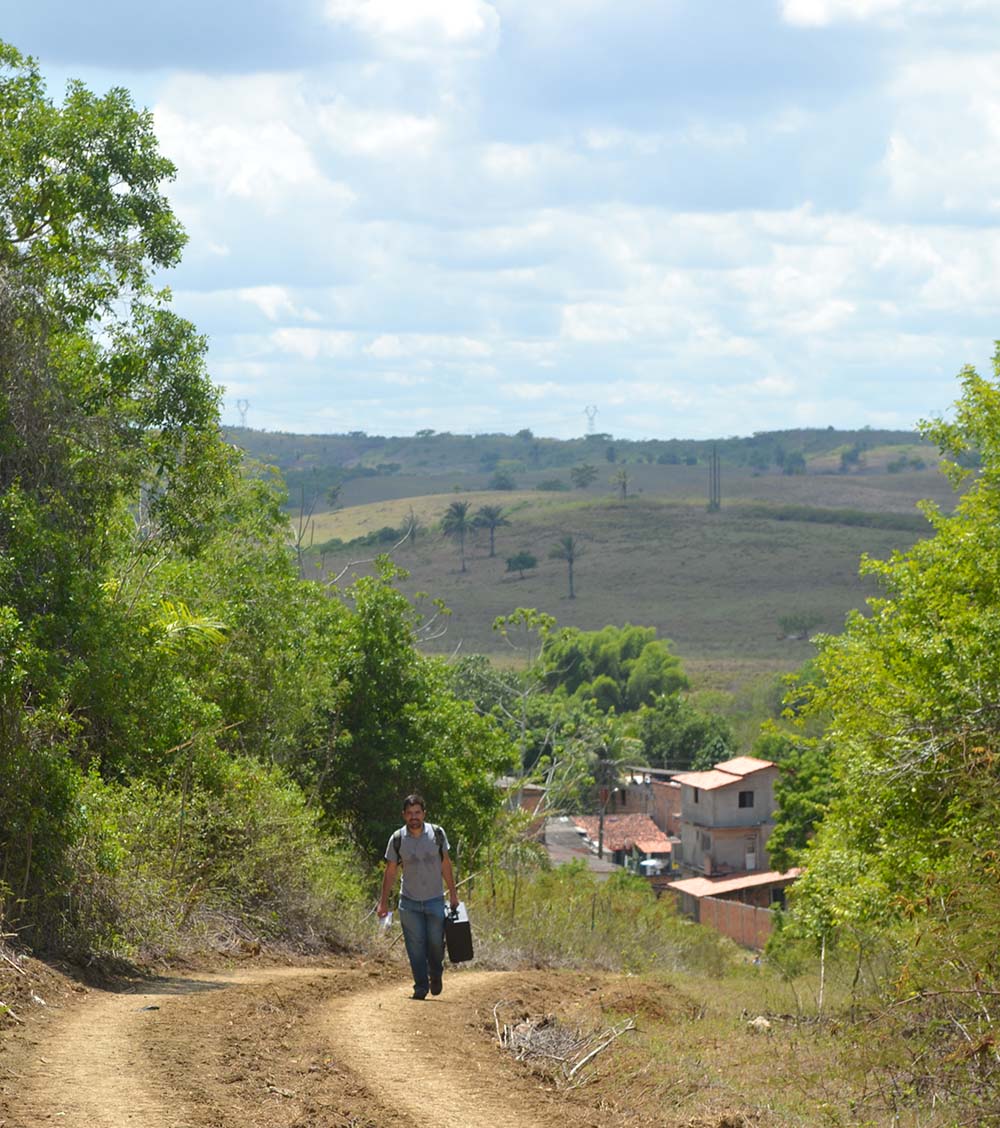 Pure Earth’s Daniel Estrada in Brazil in 2017, where he was training a new group of TSIP investigators.
Pure Earth’s Daniel Estrada in Brazil in 2017, where he was training a new group of TSIP investigators.
Working in small teams, Pure Earth’s toxic site investigators spread out to identify polluted sites in their country.
The investigators check out areas suspected of posing a danger to nearby residents, including communities with high levels of illnesses, or neighborhoods located near industry. At the sites, investigators collect soil samples, identify and measure levels of toxins present, track down the sources of contamination, take photos, note GPS locations, and talk to local residents.
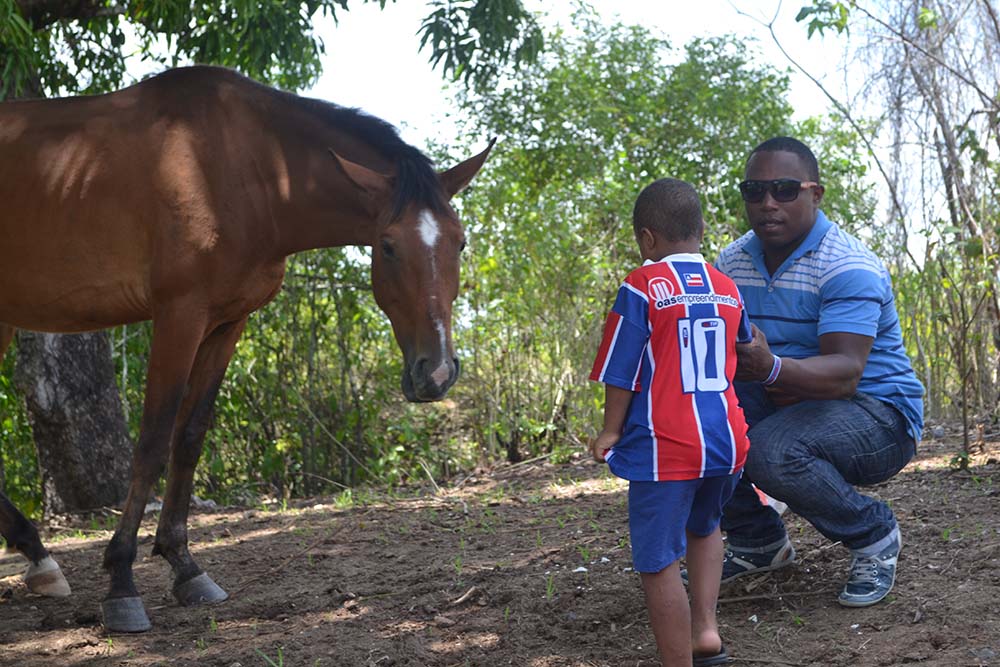 This boy lives in a community in Brazil located next to an abandoned, contaminated factory. We met him when he came to feed his horse.
This boy lives in a community in Brazil located next to an abandoned, contaminated factory. We met him when he came to feed his horse.
The process is quick – investigators take just a few hours to complete a site assessment using a rapid assessment tool called the Initial Site Screening (ISS) protocol developed by Pure Earth. This allows investigators to cover a lot of ground.
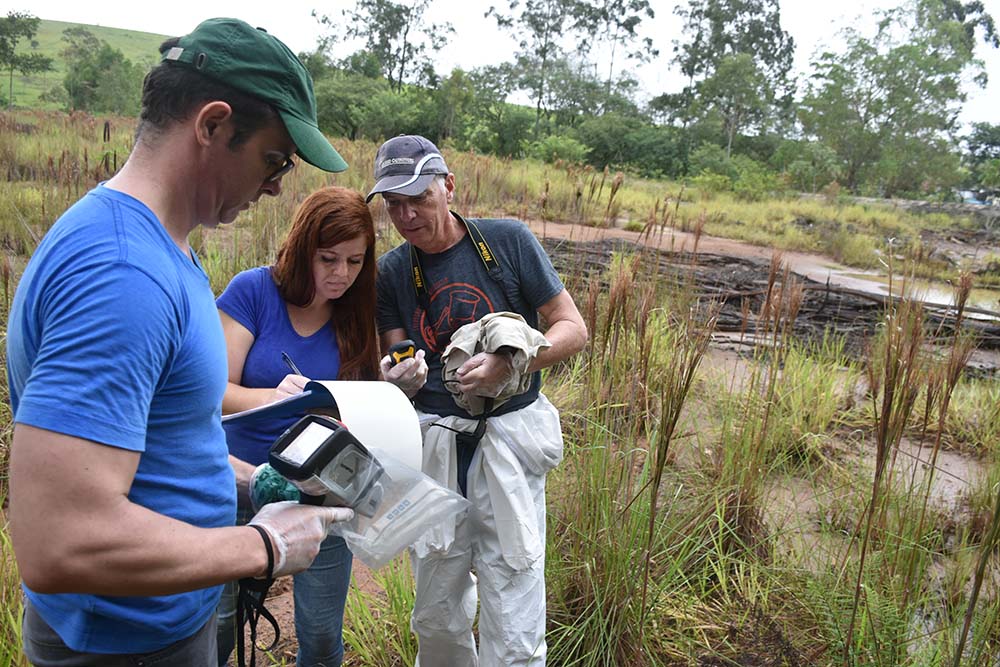 A site assessment in action.
A site assessment in action.
In nearly a decade, Pure Earth’s Toxic Sites Identification Program program has trained over 400 investigators worldwide, who have identified more than 5,000 toxic sites in over 50 countries. The data they’ve collected forms the backbone of one of the largest databases of polluted sites in the world.
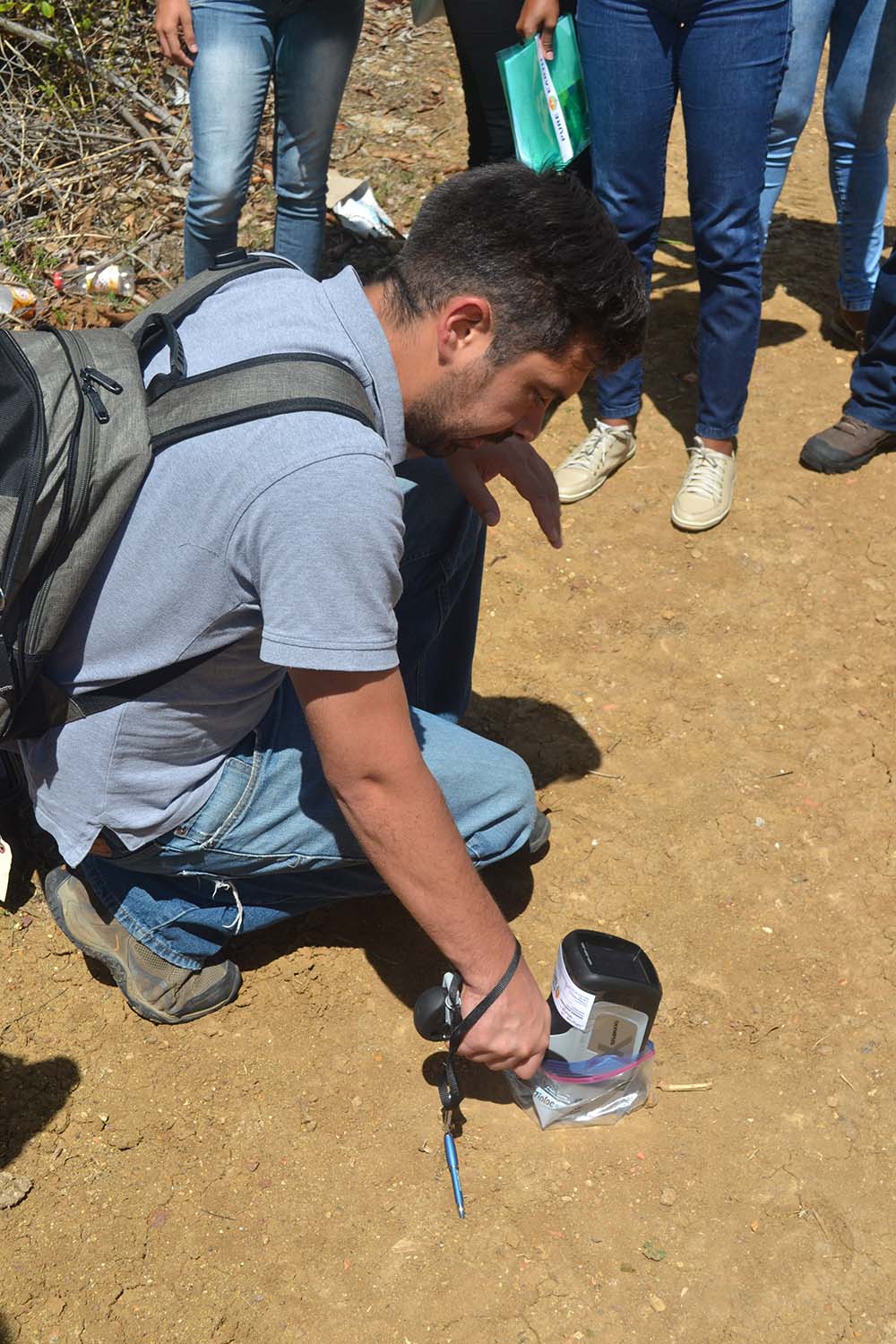
Pure Earth’s Daniel Estrada shows TSIP investigators-in-training how to use a handheld XRF (X-ray fluorescence) analyzer to detect and measure pollutants in the soil.
This database of polluted sites (accessible at www.contaminatedsites.org) is key because it gives governments a snapshot of the scale of the pollution problem in their countries. With this information, they can prioritize cleanups that will save the most lives.
[Related: Pure Earth Releases Online API Tool To Broaden Access To Global Database Of Toxic Sites]
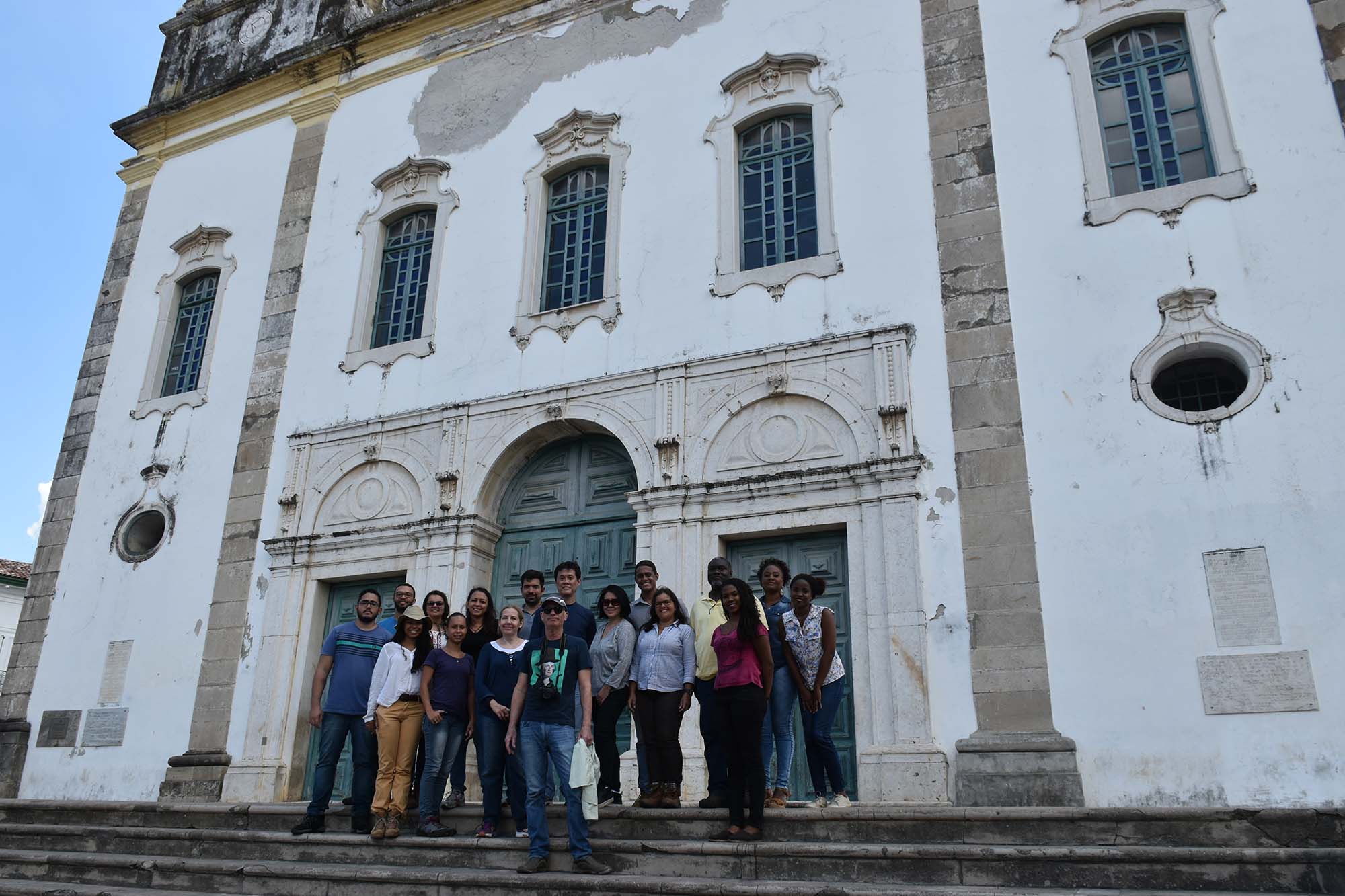 Some of the participants in a TSIP training in Brazil in 2017.
Some of the participants in a TSIP training in Brazil in 2017.
Pure Earth trains new teams of TSIP investigators several times a year. They come from all walks of life, ranging from university students and professors to environmental health experts and government workers. Together they form a crucial network of global pollution fighters we can count on.
In this global crisis, these toxic site investigators are at ground zero. It all starts with what they find. WATCH how they do it now.
Learn more about the Toxic Sites Identification Program, see where our investigators are around the world.
Thanks to the Legacy Alcoa Foundation, the European Commission, UNIDO and PMI for their support.





